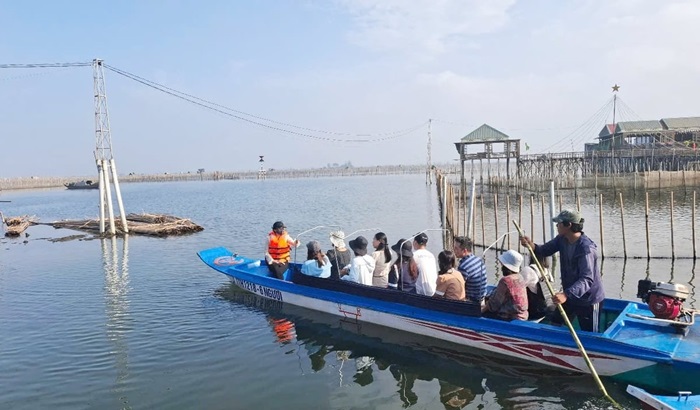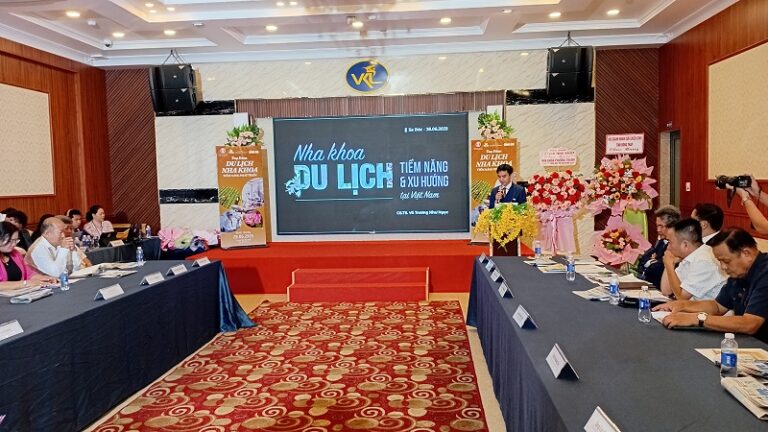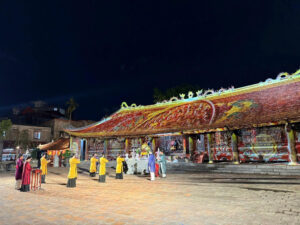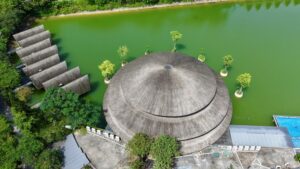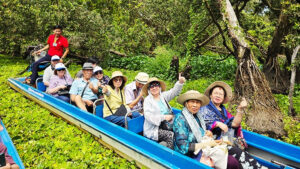Old architectural works in Ha Noi show interesting exchange of mixed Asian and European beauty, creating ancient and modern Ha Noi architectural space.
Ha Noi is different from the modern new cities in the world. The ancient beauty of Ha Noi exists through ancient architectural and cultural works such as One Pillar Pagoda, President Ho Chi Minh’s Mausoleum, Hoan Kiem lake, the Temple of Literature, Thang Long Imperial Citadel and Opera House.
Many foreign tourists are excited to visit and study Ha Noi Old Quarter that has small streets and small ancient alleys. The French-built streets make the quarter luxurious and modern.
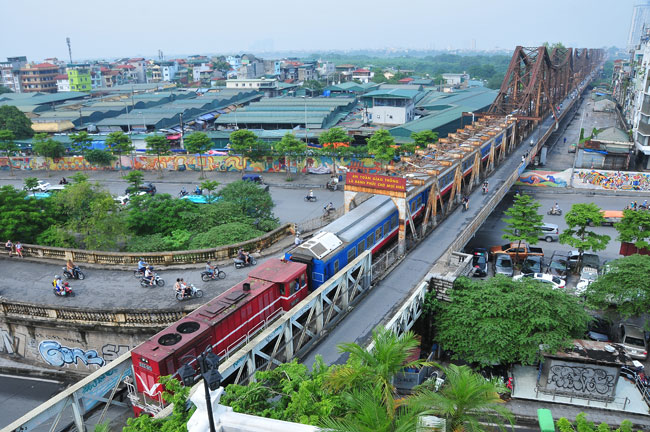
The journey begins from Long Bien bridge - the largest one-time bridge in Asia, built by the French (1898-1902). It is 2,290 meters in length, crossing the Red river.
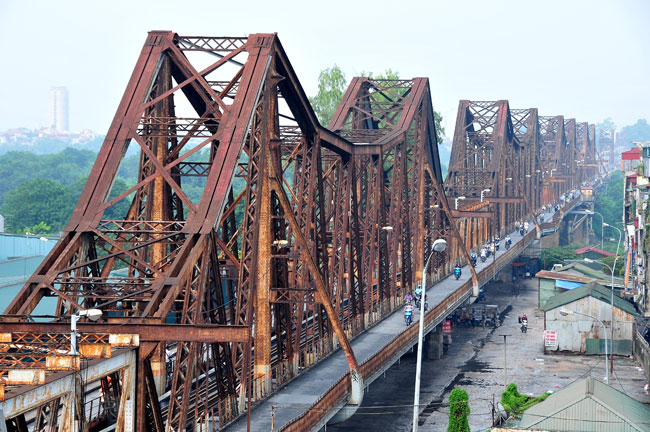
The bridge is a witness of history, an attractive destination for tourists to Ha Noi.
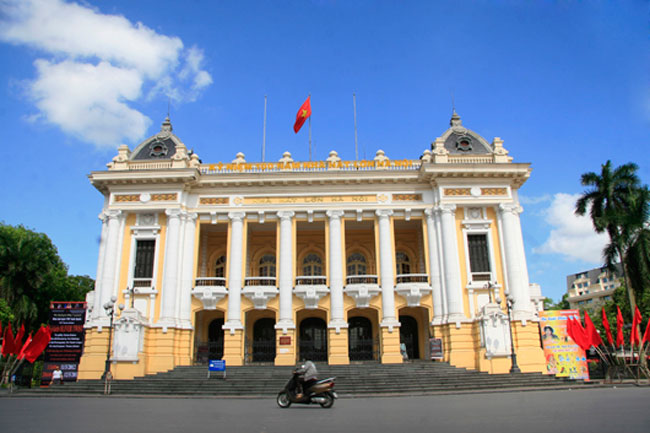
Another French architectural symbol is Ha Noi Opera House, built in 1901 and completed in 1911. It was designed in the form of the Opéra Garnier Theater in Paris.
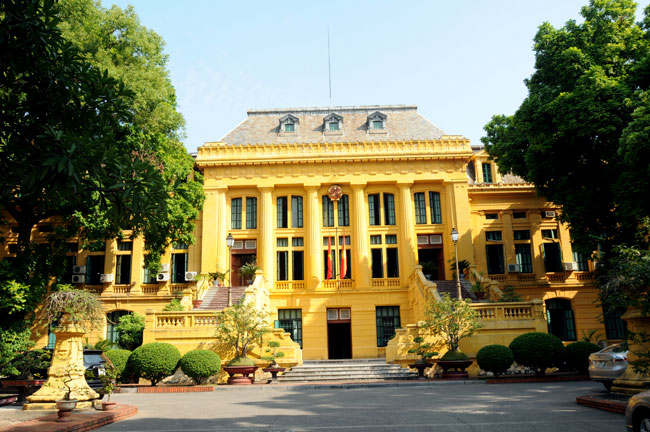
Supreme People's Court has classic European architecture.
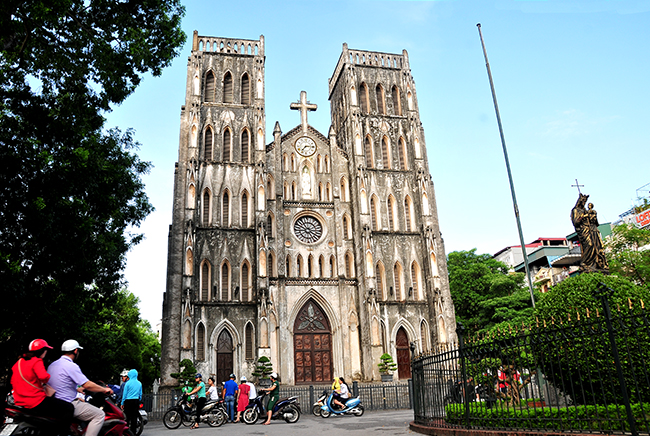
Another place to explore Ha Noi is the Ha Noi Cathedral at No.40 Nha Chung street, built in 1884 -1888, with neo-gothic style.
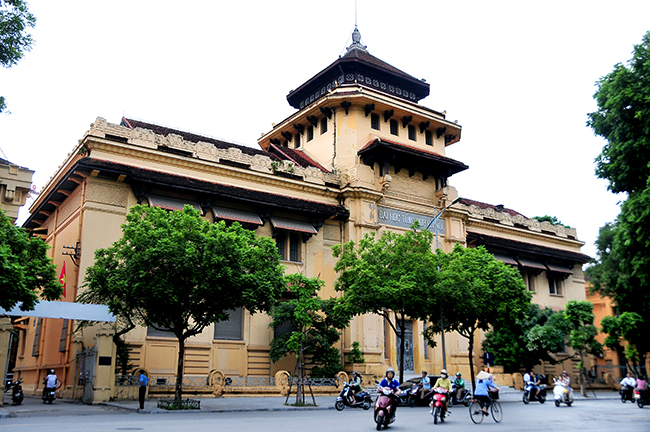
The Indochina University Building (now Ha Noi University of Pharmacy) has the style of "Indochina Architecture". It was designed architect E.Hébrard in 1924.
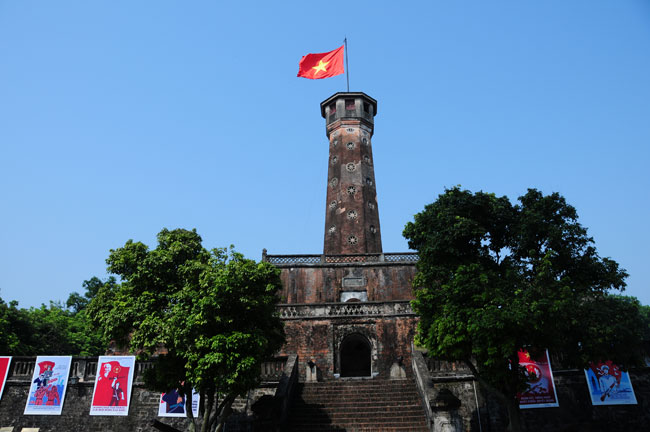
The Flag Tower of Ha Noi at Dien Bien Phu road was built from 1805 to 1812 during the reign of Emperor Gia Long and is considered a sacred symbol of the capital city.
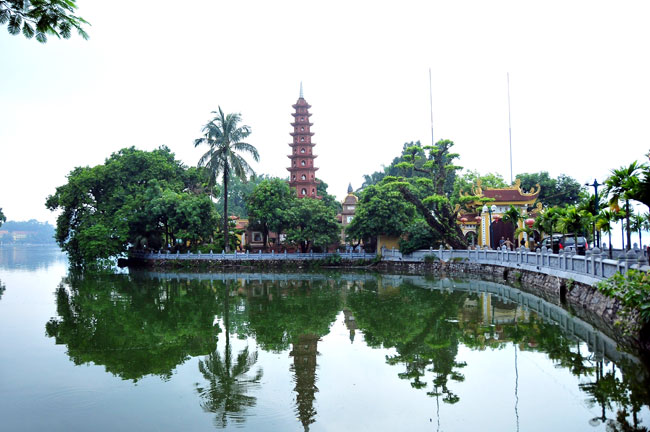
Tran Quoc pagoda located by Thanh Nien road has a history of about 1400 years, which is the oldest temple in Thang Long – Ha Noi in particular and in Viet Nam in general.
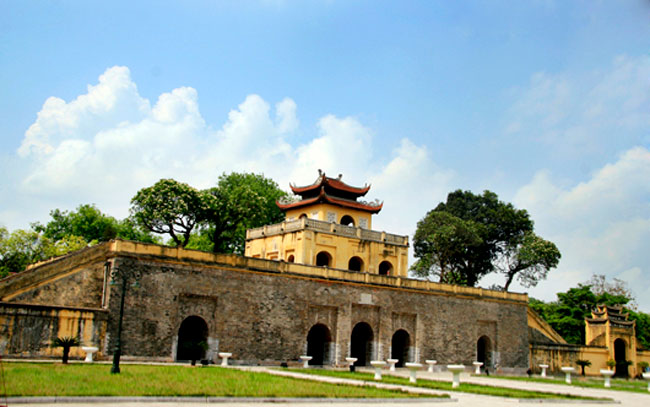
Thang Long is one of the ten special national heritage sites proclaimed by the Prime Minister in 2009 and was inscribed on the World Heritage List by UNESCO’s World Heritage Committee in 2010. Its Outstanding Universal Values are reflected in its historical longevity, its continuous role as a seat of power, and its multiple cultural layers.
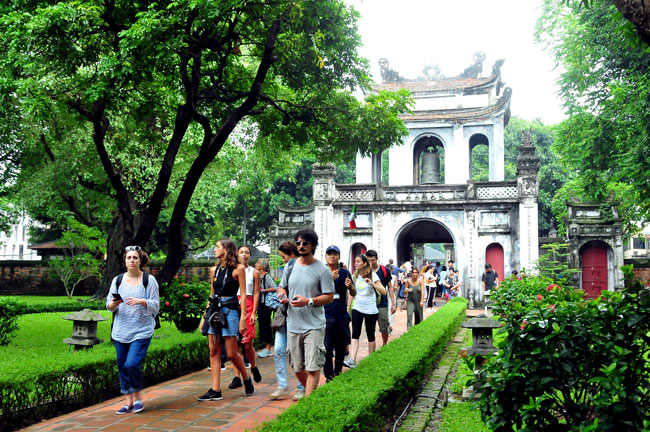
The Temple of Literature is often cited as one of Ha Noi’s most picturesque tourist attractions. Originally built as a university in 1070 dedicated to Confucius, scholars and sages, the building is extremely well preserved and is a superb example of traditional-style Vietnamese architecture.The Temple of Literature is a Temple of Confucius in Hanoi, northern Viet Nam. The temple hosts the Imperial Academy, Viet Nam's first national university. Built in 1070 at the time of Emperor Ly Thanh Tong, it is one of several temples in Viet Nam which is dedicated to Confucius, sages and scholars. The temple is located to the south of Thang Long Imperial Citadel.
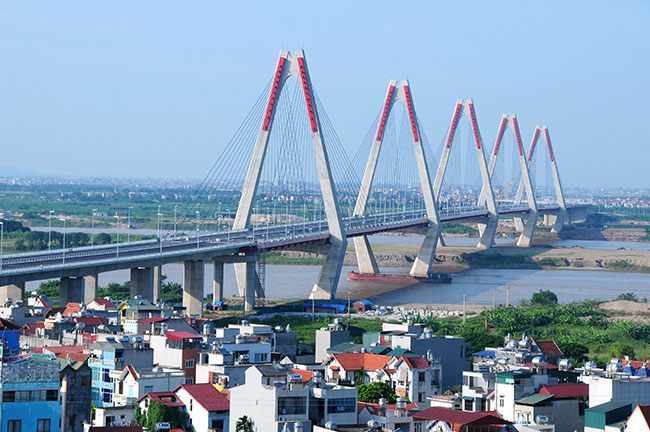
Nhat Tan bridge - a typical architectural work, is not only a product of Viet Nam - Japan wide and deep strategic partnership but also a new symbol of Ha Noi capital which is on the way of development and international integration./.


